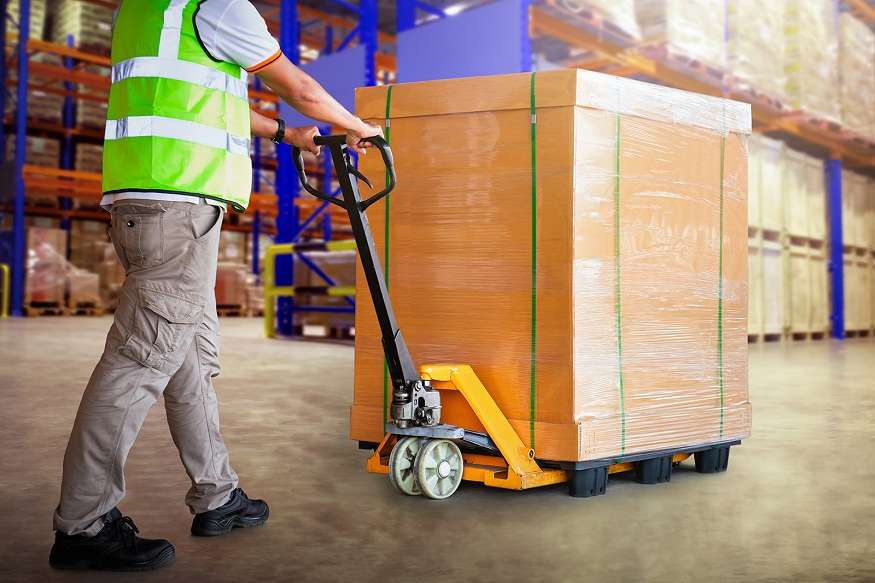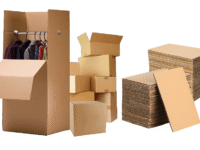How to Maintain ReflexEquip Heavy Duty Castors for Long-Term Performance

In any industrial environment, equipment mobility plays a vital role in keeping daily operations efficient and safe. One of the most important components of this mobility system is the heavy duty castors that carry, move, and stabilize machinery, trolleys, and work platforms. When properly maintained, these castors deliver smooth movement, prevent accidents, and extend the lifespan of your equipment. To ensure long-term performance, ReflexEquip recommends regular maintenance practices that are easy to follow yet extremely effective.
1. Keep Castors Clean and Debris-Free
Industrial floors are often filled with dirt, dust, and small debris that can easily collect inside wheel bearings or around axles. Over time, this buildup restricts movement, causes friction, and leads to premature wear. Cleaning your heavy duty castors regularly helps avoid these issues.
Start by removing any dirt or fibers tangled around the wheel and swivel. A stiff brush or compressed air can help dislodge stubborn grime. Wipe down the wheel and fork assembly with a mild cleaning solution to remove grease or oil residue. Finally, make sure the castors are completely dry to prevent rusting or corrosion. Clean castors roll more freely, reducing the strain on both the operator and the equipment.
2. Lubricate Bearings and Moving Parts
Lubrication is the key to keeping castors functioning smoothly under heavy loads. Bearings and swivel joints need a consistent layer of grease to reduce friction and prevent metal-to-metal wear. Apply high-quality industrial grease to wheel bearings, swivel joints, and axles every few months.
For equipment that operates in dusty, wet, or high-temperature environments, lubrication should be more frequent. After applying the lubricant, roll the equipment in different directions so the grease spreads evenly across the moving parts. Wipe away excess to prevent it from attracting more dirt. Proper lubrication not only improves movement but also minimizes long-term maintenance costs.
3. Inspect for Wear and Tear
Regular inspection ensures small problems don’t turn into big ones. When examining your ReflexEquip castors, look for cracks, flat spots, or chips on the wheel tread. Uneven wear is a sign of overloading or misalignment. Check that the wheel spins freely and that the swivel housing rotates without resistance.
Also inspect the mounting plates, bolts, and axles. Loose or damaged fasteners can cause wobbling or instability, increasing the risk of accidents. Tighten all hardware to the manufacturer’s specifications and replace any parts showing visible signs of fatigue or corrosion.
4. Check Load Capacity and Application
Each set of heavy duty castors is designed for a specific load capacity. Overloading them reduces performance and can permanently deform the wheels or bearings. Always ensure the total load—including the weight of the trolley or equipment—is within the castor’s rated capacity.
If equipment layout or floor conditions change, reassess whether the same castors are still suitable. For example, a rough concrete floor may require different wheel materials compared to smooth warehouse flooring. ReflexEquip offers various castor types—nylon, polyurethane, and steel—to match different conditions and ensure durability.
5. Test Movement and Brakes Regularly
Smooth and stable movement is essential for workplace safety. Test your castors by rolling the equipment in multiple directions. It should move easily without wobbling or noise. Swivel casters should rotate freely, and the brakes should engage and release smoothly. If the castors drag, squeak, or resist turning, it’s time to re-lubricate or replace the damaged part.
6. Maintain a Scheduled Maintenance Program
To ensure consistency, set up a maintenance schedule. Depending on usage intensity, perform inspections every one to three months. Keep records of maintenance activities, such as cleaning dates, lubrication, and part replacements. Having spare wheels, bearings, and mounting hardware on hand can also minimize downtime during unexpected repairs.
Training staff to recognize early signs of castor damage or misalignment ensures quick response and helps prevent costly breakdowns. Simple steps like avoiding overloads, keeping floors clean, and ensuring even load distribution contribute significantly to the long-term health of your heavy duty castors.
Conclusion
Proper maintenance of ReflexEquip castors guarantees longevity, smoother performance, and safer workplace operations. By cleaning regularly, lubricating key components, inspecting for wear, checking load limits, and sticking to a preventive maintenance plan, you can maximize the lifespan of your equipment. Investing time in maintaining your heavy duty castors not only protects your assets but also enhances productivity and safety across your workspace. With a little routine care, your ReflexEquip mobility systems will continue to perform reliably for years to come.





